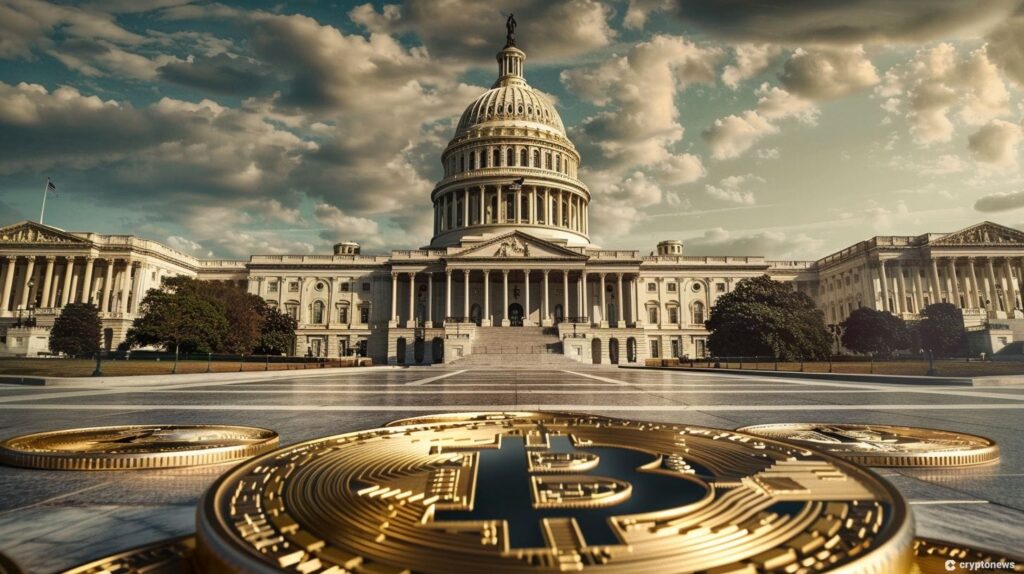
Introduction
In a landmark decision, the U.S. Senate Banking Committee has passed a bipartisan bill that seeks to establish a regulatory framework for stablecoins. This move represents a significant milestone in the journey toward integrating digital assets into the broader financial system. As Washington grapples with the growing influence of cryptocurrencies, this bill signals a shift toward clarity and structure in the crypto market.
Understanding the Stablecoin Bill
The proposed legislation aims to provide guidelines for stablecoin issuers, ensuring transparency, security, and consumer protection. Stablecoins, which are digital assets pegged to traditional currencies like the U.S. dollar, have become increasingly popular for their ability to offer price stability in a volatile crypto market. However, the absence of clear regulations has raised concerns about financial risks and potential misuse.
The bill outlines key provisions, including:
- Licensing Requirements: Stablecoin issuers will need to obtain federal or state licenses, ensuring compliance with anti-money laundering (AML) and know-your-customer (KYC) regulations.
- Reserves Transparency: Issuers must maintain sufficient reserves and disclose their holdings regularly to prevent liquidity crises.
- Consumer Protections: Regulations will safeguard investors from fraud and potential market manipulation.
Implications for the Crypto Industry
The passage of this bill marks a pivotal moment for the cryptocurrency industry. If enacted into law, the legislation could:
- Increase Investor Confidence: With clearer regulations, institutional investors may feel more comfortable entering the stablecoin market, leading to wider adoption.
- Prevent Financial Instability: The requirement for transparent reserves ensures that stablecoins remain fully backed, reducing risks of a collapse similar to TerraUSD’s crash in 2022.
- Encourage Innovation: While some crypto advocates fear excessive regulation, a well-defined framework may attract legitimate businesses and developers to build within a secure ecosystem.
Challenges and Concerns
Despite the potential benefits, critics argue that the bill could stifle innovation by imposing strict regulatory burdens on startups. Additionally, concerns remain about how the law will interact with existing state regulations and whether federal agencies will have the necessary expertise to oversee compliance effectively.
Some lawmakers worry that stablecoin regulations could pave the way for broader government control over digital assets, potentially limiting the decentralized nature that defines the cryptocurrency movement. Others emphasize the need for global coordination to prevent regulatory arbitrage, where companies move operations to countries with lax laws.
What’s Next?
The bill will now proceed to the full Senate for further debate and voting. If approved, it will move to the House of Representatives before reaching the President’s desk for final approval. The coming months will be crucial in determining the future landscape of stablecoins in the U.S.
Conclusion
The U.S. Senate’s push for stablecoin regulation represents a balancing act between fostering innovation and ensuring financial stability. While the bill aims to legitimize the industry and protect investors, it also raises important questions about the future role of digital assets in the economy. As discussions continue, stakeholders across the crypto industry, regulatory agencies, and financial institutions will closely monitor the bill’s progress.
Stay updated as we track the latest developments on this groundbreaking legislation.
